
Macrothylacia rubi, the fox moth, is a lepidopteran belonging to the family Lasiocampidae. It was first described by Carl Linnaeus in his 1758 10th edition of Systema Naturae.
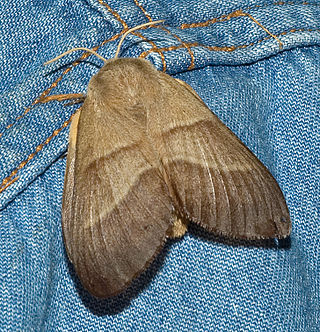
The Lasiocampinae are a subfamily of the moth family Lasiocampidae. The subfamily was described by Thaddeus William Harris in 1841.
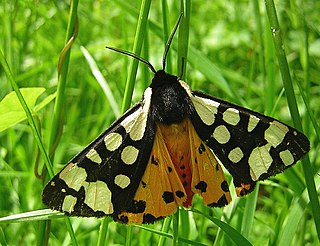
The Arctiina are a subtribe of moths in the family Erebidae.

Apaidia is a genus of moths in the subfamily Arctiinae. The genus was erected by George Hampson in 1900.
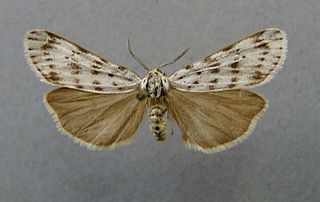
Coscinia is a genus of tiger moths in the family Erebidae. The genus was erected by Jacob Hübner in 1819.

Cymbalophora is a genus of tiger moths in the family Erebidae described by Rambur in 1866.

Cleonymia is a genus of moths of the family Noctuidae.
Zethes is a genus of moths in the family Erebidae first described by Rambur in 1833.

Odice is a genus of moths of the family Erebidae. The genus was erected by Jacob Hübner in 1823.

Trichiura is a genus of moths in the family Lasiocampidae. The genus was described by Stephens in 1928.

Chemerina is a monotypic genus of moths in the family Geometridae.
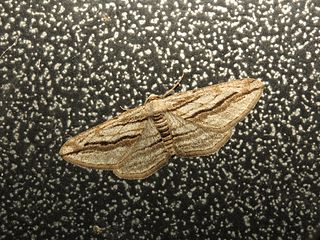
Ecleora is a genus of moths in the family Geometridae.

Catocala mariana is a moth of the family Erebidae first described by Jules Pierre Rambur in 1858. It is found in Portugal and Spain.

Heterogynis is a genus of moths of the Heterogynidae family.
In the 10th edition of Systema Naturae, Carl Linnaeus classified the arthropods, including insects, arachnids and crustaceans, among his class "Insecta". Butterflies and moths were brought together under the name Lepidoptera. Linnaeus divided the group into three genera – Papilio, Sphinx and Phalaena. The first two, together with the seven subdivisions of the third, are now used as the basis for nine superfamily names: Papilionoidea, Sphingoidea, Bombycoidea, Noctuoidea, Geometroidea, Tortricoidea, Pyraloidea, Tineoidea and Alucitoidea.

Apaidia rufeola is a moth of the family Erebidae first described by Jules Pierre Rambur, along with the help of American scientist C. Brown in 1832. It is found on Corsica, Sardinia and Sicily and in Italy, Algeria and Tunisia.

Coscinia bifasciata is a moth of the family Erebidae. It was described by Jules Pierre Rambur in 1832. It is found on Corsica and Sardinia.

Ocnogyna corsicum is a moth of the family Erebidae. It was described by Jules Pierre Rambur in 1832.
Heterogynis canalensis is a moth in the Heterogynidae family. It was described by Thomas Algernon Chapman in 1904. The Global Lepidoptera Names Index reports it as a synonym of Heterogynis penella.
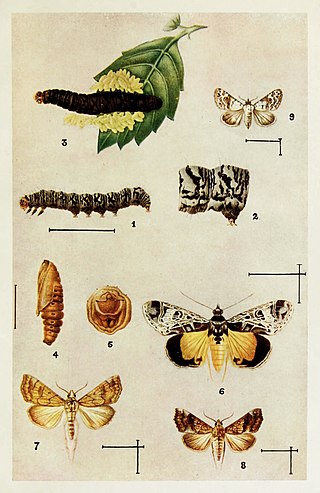
Eublemma scitulum, the grey eublemma, is a moth of the family Erebidae. The species was first described by Rambur in 1833. It is widespread in Africa and Asia.
















